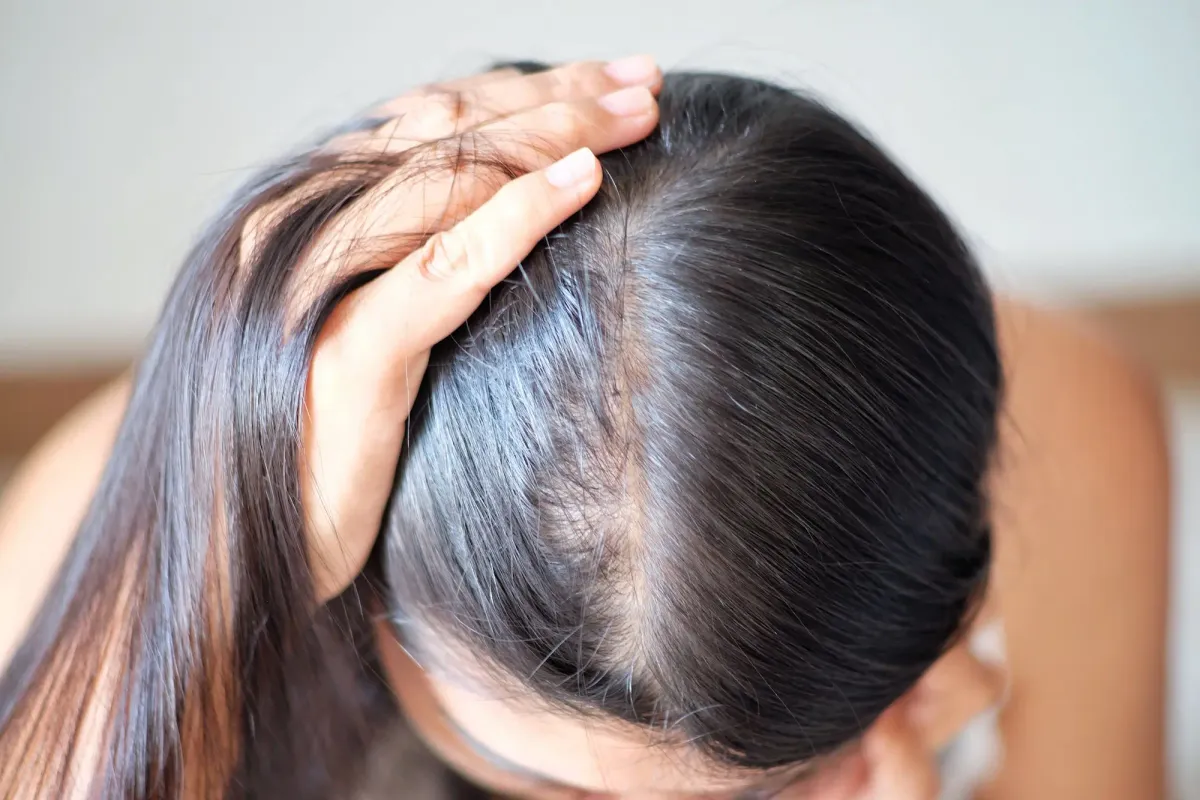Female Hair Loss and the Social Stigma That Goes With It

The topic of female hair loss is not typically discussed, but it is a problem affecting many women in the United States. The fact is, this problem is more common than you might think, and it's more prevalent than you might think. Many women have hair loss, and they're embarrassed by the stigma that goes along with it. In this article, you'll learn how to combat this problem and find a solution that works for you.
Stress is a major factor in female hair loss.
Many people have long suspected that stress is a leading cause of female hair loss, but research has now found that this link is more complex than you might think. Real symptoms are associated with high-stress levels, including a higher risk of dying and hair thinning. In addition to its negative effect on health, stress is linked to millions of hair loss cases among women. To help alleviate the problem, you can try taking measures to reduce your stress levels.
If you suspect you are suffering from stress-induced hair loss, it is important to seek treatment for it. A specialist clinic can help you solve your problem, including examining your scalp and analyzing your lifestyle and medical history. Then, a treatment plan can be developed specifically for you. A holistic approach is usually recommended, and it may include lifestyle changes, such as changing jobs or learning relaxation techniques.
Female pattern baldness is the most common type of hair loss in women.
Although female pattern baldness is usually not a sign of a medical condition, the loss of hair can drastically affect a woman's self-esteem. Hair loss can affect a woman's self-esteem and cause anxiety. Treatments for female pattern baldness include medication, hair transplants, and hair weaves. Some treatments can be costly and not always work.
Treatments for female pattern baldness are effective in slowing down the loss of hair. Minoxidil is a topical medication applied to the scalp each day. It takes about six months to a year to see noticeable results. Unfortunately, this treatment does not work for all women and may have side effects, including dryness and redness. Minoxidil can also lead to hair loss recurrence if the treatment is discontinued.
Women are stigmatized for having hair loss.
This study examined the social stigma associated with women's hair loss. Researchers conducted an extensive literature search for studies on the stigma and effects of hair loss. They included all types of qualitative and quantitative studies examining different measurement methods. Qualitative studies were included when they presented their data and addressed specific topics such as hair loss and self-esteem. Qualitative studies focused on women and men and included a range of hair loss diagnoses and treatments.
Hair loss is socially discrediting for women, affecting their self-esteem. Hairstyles have long played an integral role in individual and group identities. For centuries, people used hairstyles to express social status, sexuality, and politics. While men are expected to have short, spiky hair, women have longer hair to convey femininity. Historically, women used hairstyles to deceive men, dressing up like men and shaving their heads as punishments for sexual misconduct.



